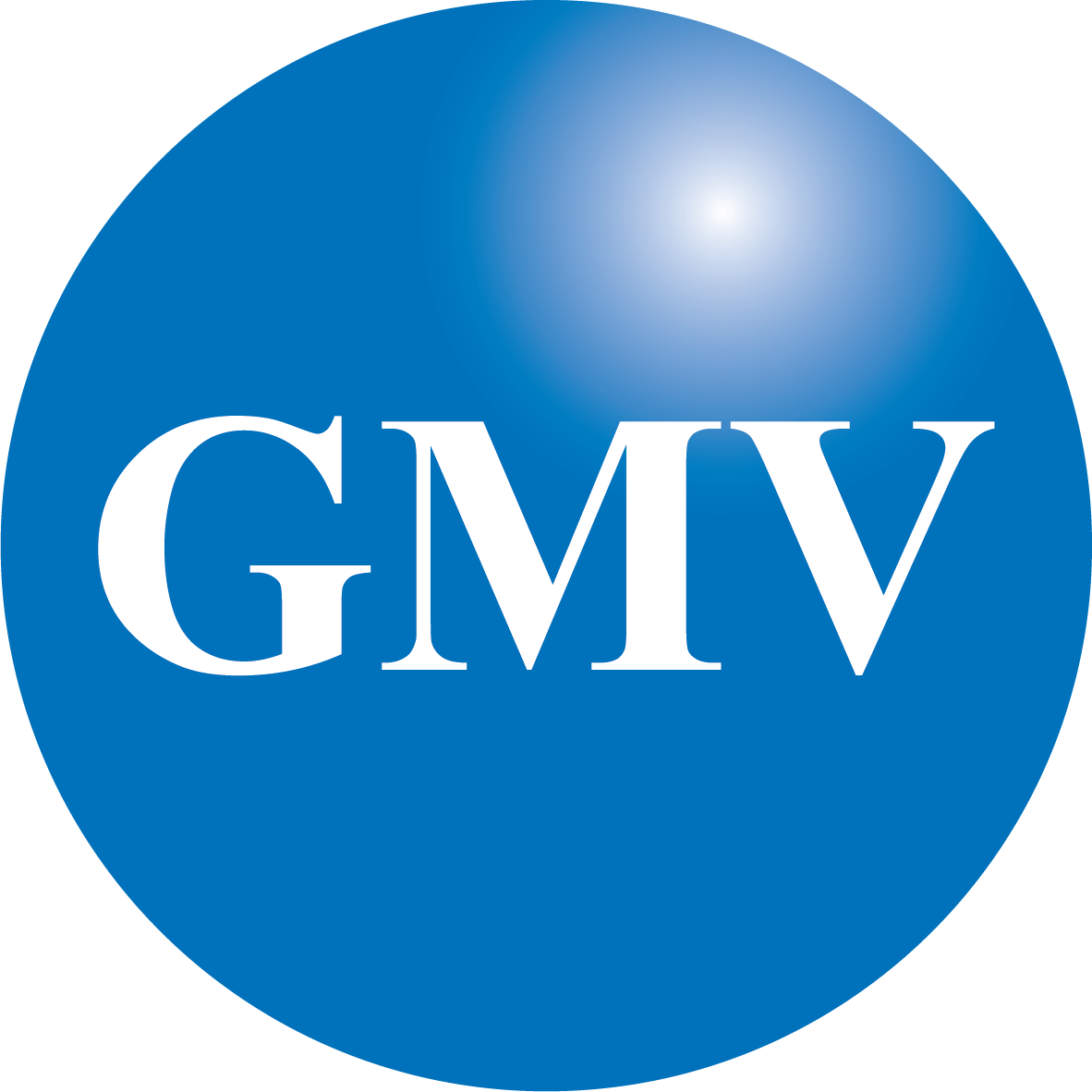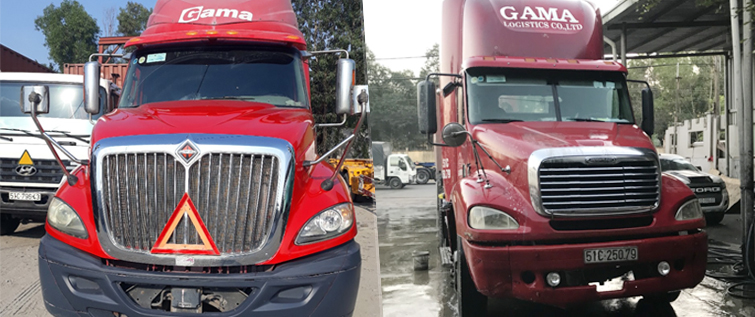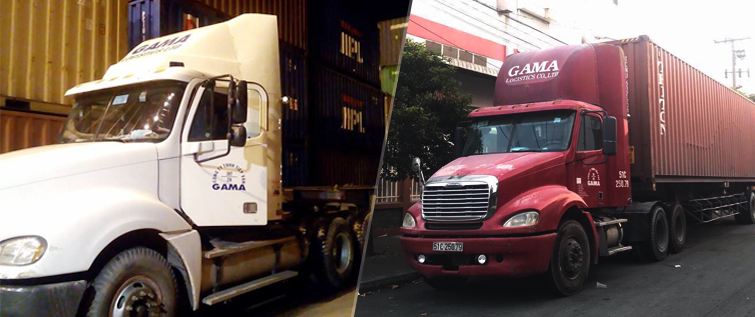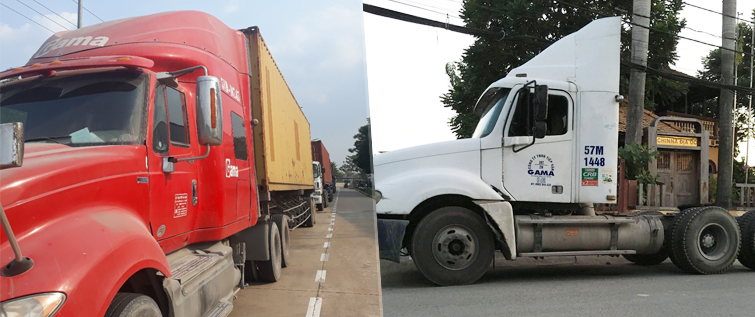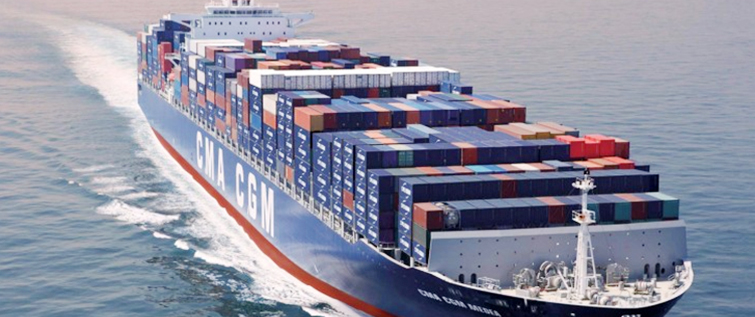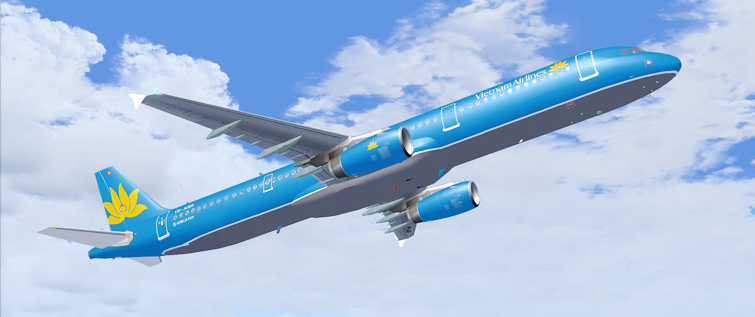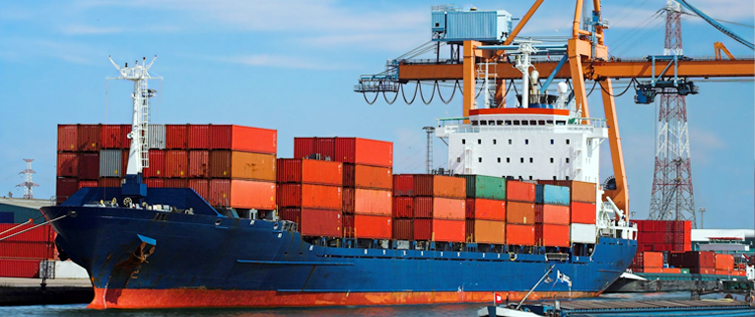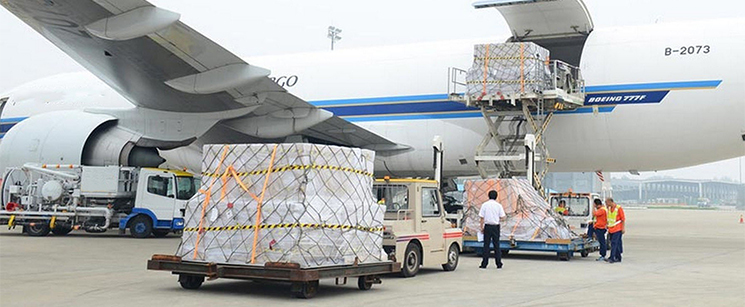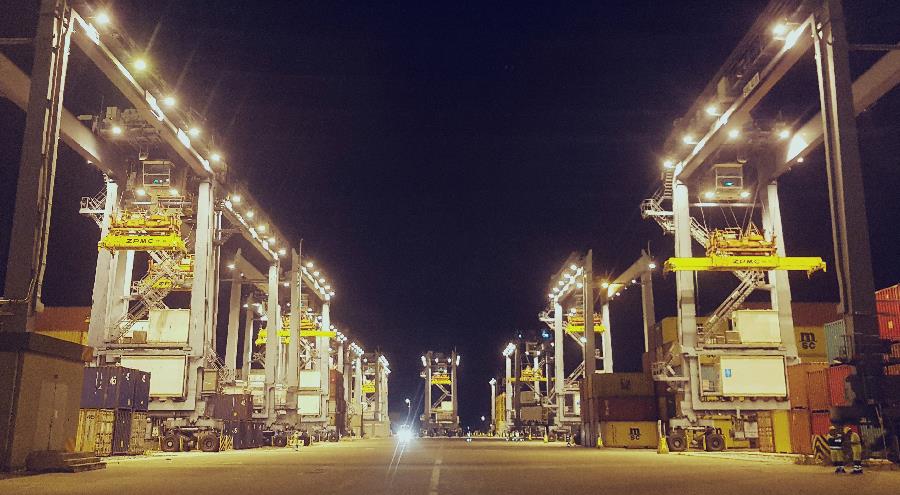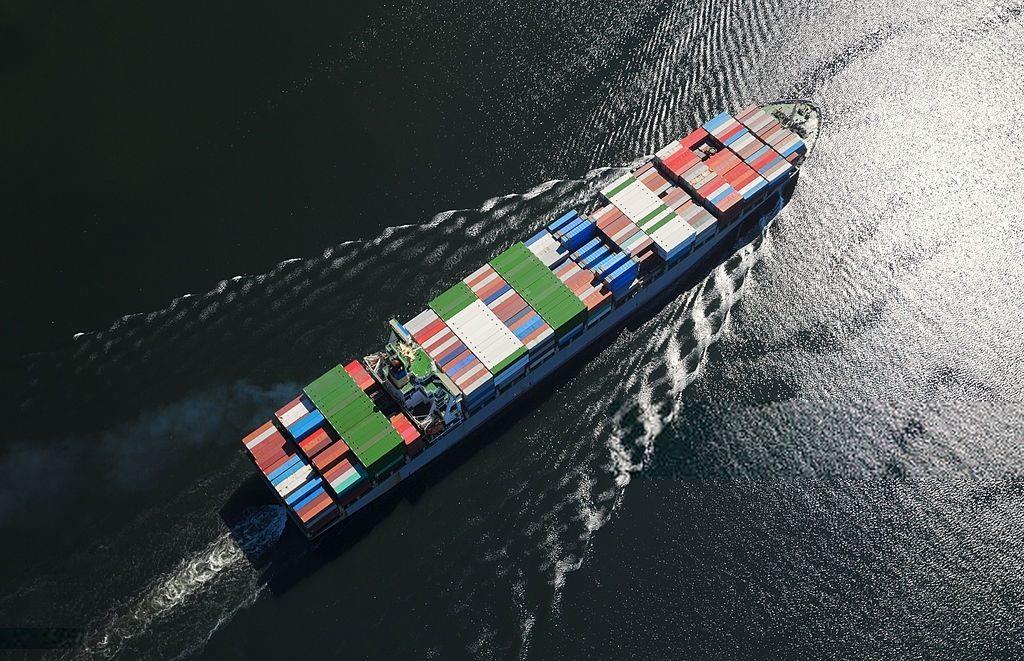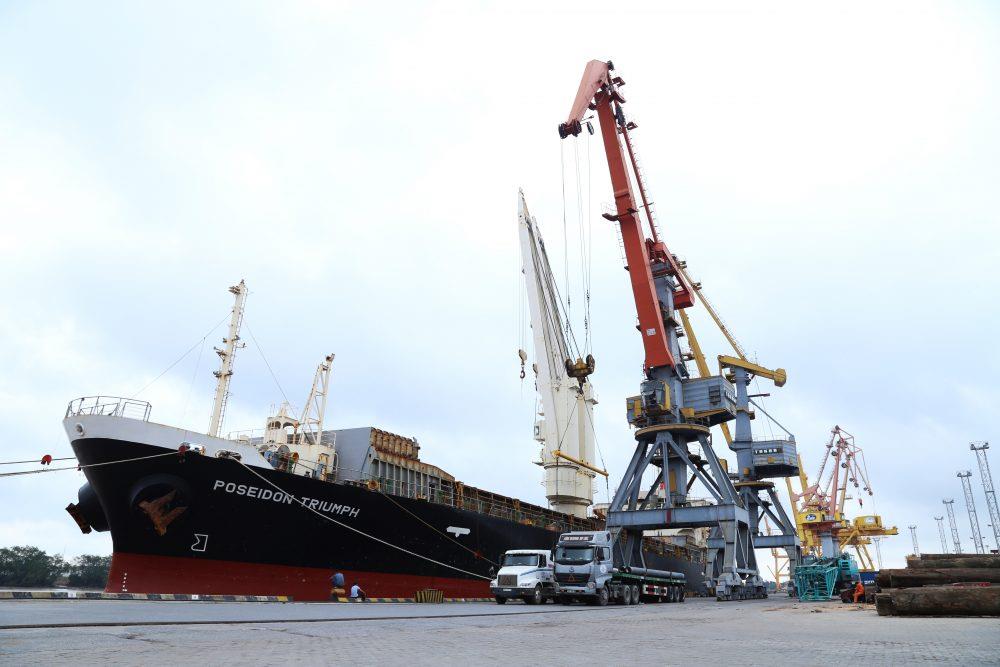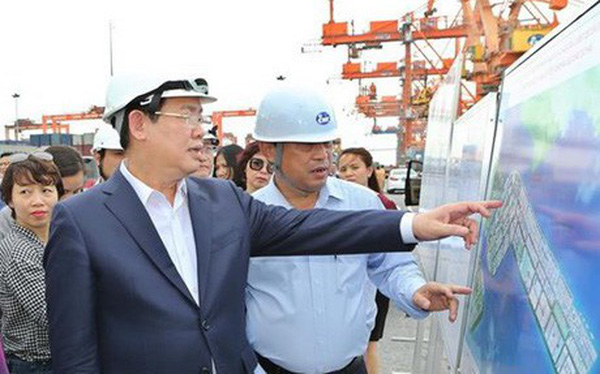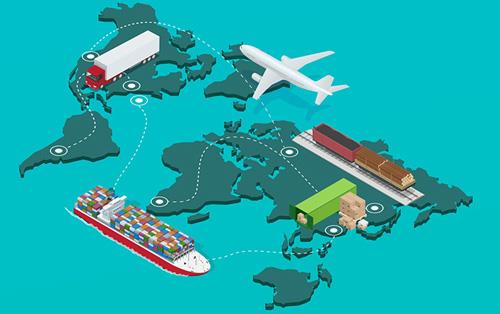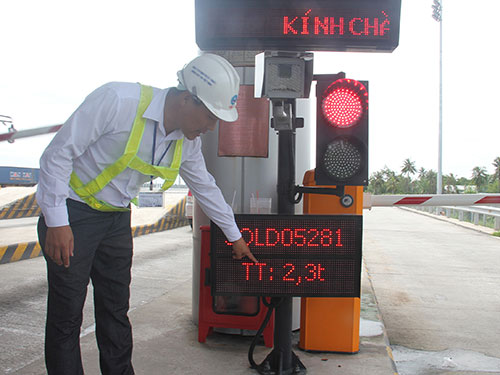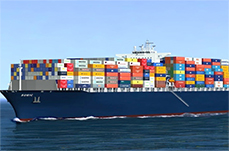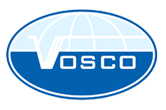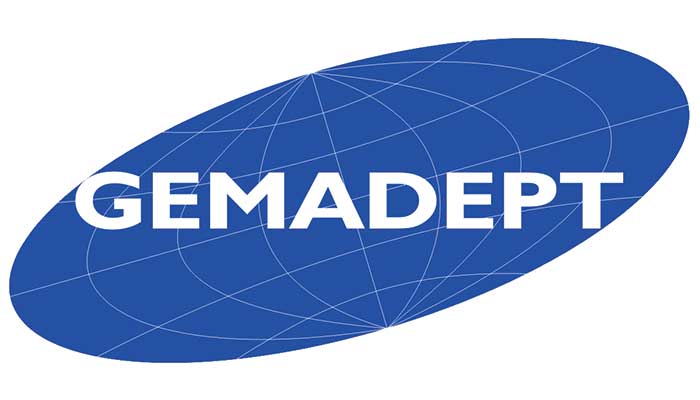Inland sea transport has not experienced sudden growth
Vietnam is in the period of export-oriented economic development, so the demand for transporting materials for production and export by sea is huge and diverse.
The domestic shipping market, especially the bulk cargo segment, although there are many opportunities, stemming from strong demand for transportation of key commodities such as coal, rice, and fertilizer but will still face many difficulties. challenged by barriers of port infrastructure, development mechanisms and policies.
The domestic container ship market with the need to transport on the North-South main route is on a positive growth momentum, which will make the level of competition between transport units increasingly fierce and the price accordingly. sudden growth in the period 2018-2020.

The market for dry cargo vessels has not been positive
In 2016-2017, Vietnam fleet still faced many difficulties when the market had many negative changes. The traditional market of Vietnamese fleets is mostly low-margin markets. Lines with fairly good rates like South Korea, Japan, and North China have not met the strict requirements of entering ports in this area. Regular routes of Vietnamese vessels such as Thailand to Myanmar, India to Bangladesh, India to the Maldives, Vietnam to the Philippines, Vietnam to Malaysia, Vietnam to Bangladesh, ... are often low-value goods routes. , long queuing time, potential risk of commercial disputes. Many transportation companies in the domestic market to transport domestic goods due to increasing demand when Vinh Tan, Tra Vinh thermal power plants, investment projects developed in Phu Quoc Island ... began to operate. However, the cargo handling system in ports in this area is still outdated. Infrastructure is still unstable, leading to slow cargo handling, the inbound port is not enough to receive large vessels, pushing up logistics costs.
It is forecasted that in the coming time, the transport market for Vietnamese fleets is still not satisfactory. From 2017 the demand for commodities such as gypsum from the Middle East to Vietnam or coal from Indonesia, Australia, China to Vietnam will increase due to the demand of cement plants and thermal power plants. high. However, for these types of goods, Vietnamese vessels are not eligible to participate in transportation but almost entirely by the foreign fleet. In terms of rice and quantity exported to China in previous years mainly by non-quota sugar, the transportation is entirely carried out by Vietnamese shipping companies by taking advantage of the advantages of 3,000 DWT vessels. Since 2017, Chinese enterprises have mostly bought rice from the main market (in large quantities), the Vietnamese fleet has not transported much because it cannot compete with Chinese ships due to the requirement of larger ships. Vietnam 's regular export products such as chip wood, cassava chips, etc. are mainly transported by specialized ships of China and Japan. The Vietnamese fleet will still face many challenges when the supply is not good, the lines are still unchanged, most of them are low value goods and difficult goods. Competition on prices between Vietnamese enterprises for transport contracts continues.
Opportunities for Vietnamese shipping enterprises are strong domestic thermal power plants, well-developed industrial parks, and the construction market in Phu Quoc will boost demand. transport. Small vessels can also participate in transporting stones, sand and steel from the mainland to Phu Quoc.
Container ship market - fierce competition
Goods transporting containers by inland North Sea to the South are mainly traditional goods such as stone powder, lime, coal, DAP fertilizer, phosphorus and NPK, etc. Besides consumer goods such as electricity death, motorbikes, paper, household items, dairy products; raw materials of plywood, fiber, ... In the opposite direction from the South to the North are agricultural products (mainly rice), animal feed, consumer goods such as soft drinks, food (monosodium glutamate, grains) wedges, instant noodles), powdered milk and liquid milk, electronics and refrigeration, cosmetic products (washing powder, fabric softener, shampoo, toothpaste) ...
Transported goods continue to be transformed from roads, railways to seaways according to the trend of containerized cargo in the central region (Nha Trang, Quy Nhon, Da Nang, Nghe An ...), especially the Since the strict implementation of vehicle load control on the road. In Cai Mep area, the infrastructure of the ports in this region is gradually being completed, combined with the merger, establishment and adjustment of the flow of major transport alliances around the world. need to bring ships to Cai Mep of MLO. Vessels calling at Cai Mep are vessels going to Europe and the United States with a large ship size, the amount of goods from the South region is not enough to load ships, so it will need to attract more goods from the North and Central to ensure the coefficient Take advantage of the largest capacity when ships leave Cai Mep. The demand for transporting goods between the Mekong Delta region and the other regions in the country continues to increase. In fact, with high road costs, manufacturers tend to choose the mode of transporting goods in containers with barges to and from this area. In addition, large manufacturing plants tend to be shifted to build in the Mekong Delta region, thus, the need to transport projects (machinery, equipment ...) to serve the construction of the factory. is great.
With the tendency to become more specialized, customers who are major manufacturers always have a need to develop a distribution system and expect shipping companies to provide transportation services will take care of the job. supply chain. Specifically: providing shipping services by sea, by road and / or barge; providing warehousing services (warehouse operation system according to manufacturer's standards); perform distribution for retail systems (supermarkets, agents, retail stores, etc.) throughout the provinces nationwide.
 Logistic in the process of international economic integration
Logistic in the process of international economic integration
 Logistics Vietnam is constrained, surrounded by many barriers
Logistics Vietnam is constrained, surrounded by many barriers
 Logistics Vietnam looks back to step forward
Logistics Vietnam looks back to step forward
 Developing logistics services to improve the competitiveness of goods
Developing logistics services to improve the competitiveness of goods
 Two trends and three challenges of Vietnam transport and logistics industry
Two trends and three challenges of Vietnam transport and logistics industry
 The shipping industry will be more competitive in 2019
The shipping industry will be more competitive in 2019
 Connecting regions and regions by logistics services
Connecting regions and regions by logistics services
 Hai Phong plans to focus logistics areas associated with seaports
Hai Phong plans to focus logistics areas associated with seaports
 Place the weighing stations at toll booths to strangle overloaded vehicles
Place the weighing stations at toll booths to strangle overloaded vehicles
 Bui Thien Thu: Capacity to reduce logistics costs
Bui Thien Thu: Capacity to reduce logistics costs
